Up Next

Formula 1's latest adjustments to its sprint race format mean a different position in the weekend for the shortened race and another element of separation from the grand prix with the chance to make set-up adjustments afterwards.
The Chinese Grand Prix is the first chance to see if that adds up to an improvement. So how much did the format revision influence the genuinely entertaining Shanghai sprint and what does it mean for the rest of the weekend? And what does it imply for the future of sprint events?
Edd Straw and Scott Mitchell-Malm evaluate what the Shanghai sprint told us.
A better weekend rhythm
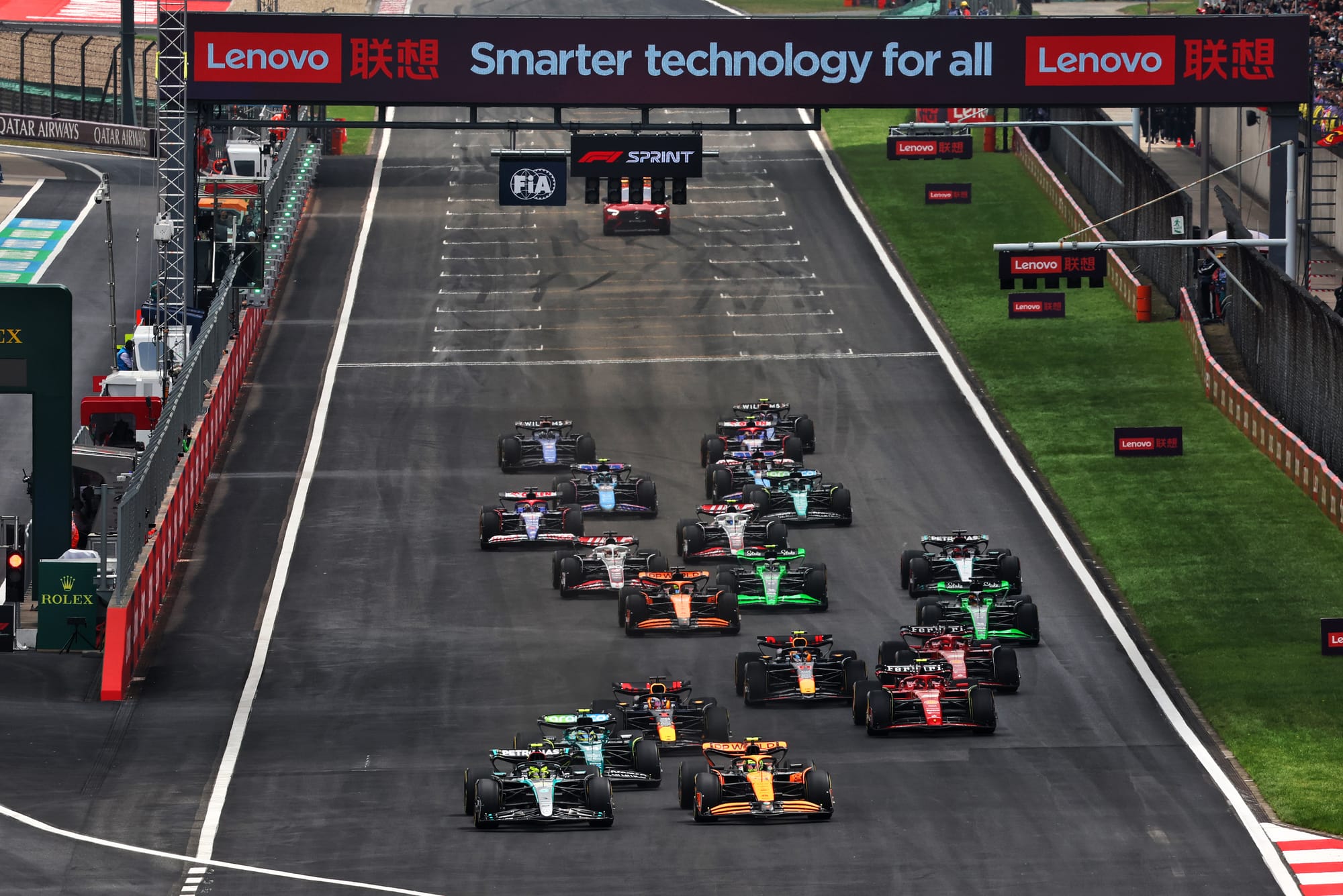
While the sprint format remains far from perfect, one area where it has clearly improved is in how it fits with the rhythm of the weekend.
Sprint qualifying and the race effectively act as an appetiser to the main event rather than slicing it in half, as happened last year when Saturday was standalone and entirely dedicated to the sprint, with a gap of two days between grand prix qualifying and the grand prix itself.
The sprint shootout on Friday was more attention-grabbing given it wasn’t a tame echo of a main qualifying session, which is an improvement, and there was a more logical progression from FP1 onwards.
There are still problems, and however you slice and dice the order of the on-track action there are always weaknesses - as eloquently laid out by The Race's Glenn Freeman ahead of the weekend – but it’s at least an improvement from 2023 when it comes to the coherence of the weekend. - Edd Straw
An advert for a more extreme solution
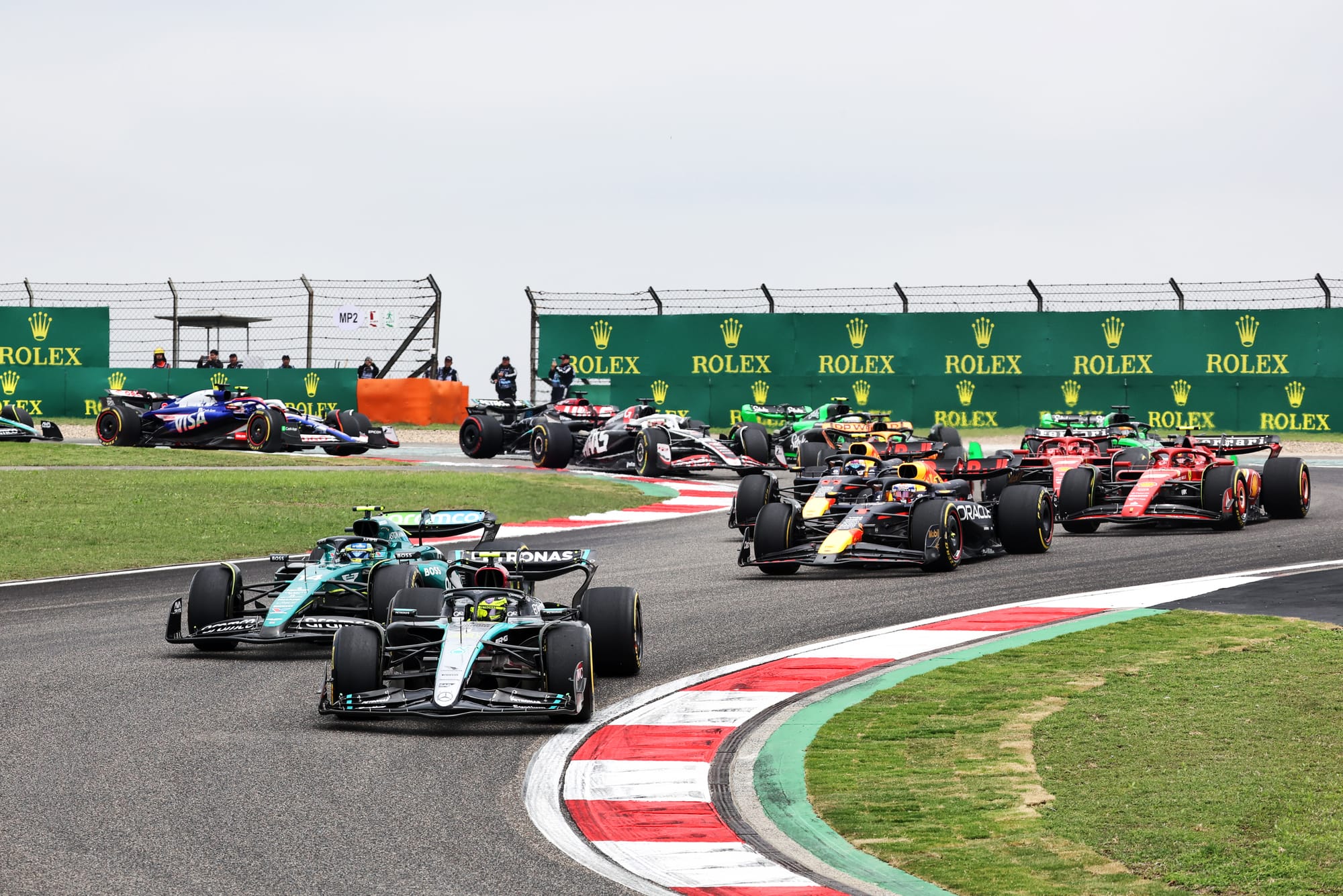
As soon as this grid was set on Friday I was looking forward to the sprint. And I was relieved it would not be the starting order for the grand prix.
Don’t get me wrong, cars out of position would still be great on Sunday. But the air of inevitability that it would settle down with a fairly predictable outcome would be so much greater over a full race distance.
So I'm pleased with how that worked (aided by the weather, not explicitly the sprint format of course). And then as the opening laps played out it was justified.
This was briefly great. Lewis Hamilton versus Fernando Alonso felt like a lovely sprint-specific anomaly, even though it still seemed like Max Verstappen would come through to win, as he eventually did.
But it did all make me think that, in an unexpected way, this latest format experiment has only shown how much further the sprint should go.
The best thing about this was that the fastest car was out of position but it wasn't a total lottery. Which should only strengthen the case that the sprint would benefit greatly from at least a partial reversed grid - not backmarkers at the front, but finding an elegant enough way to shuffle that lead pack on a more regular basis. - Scott Mitchell-Malm
Still some unknowns
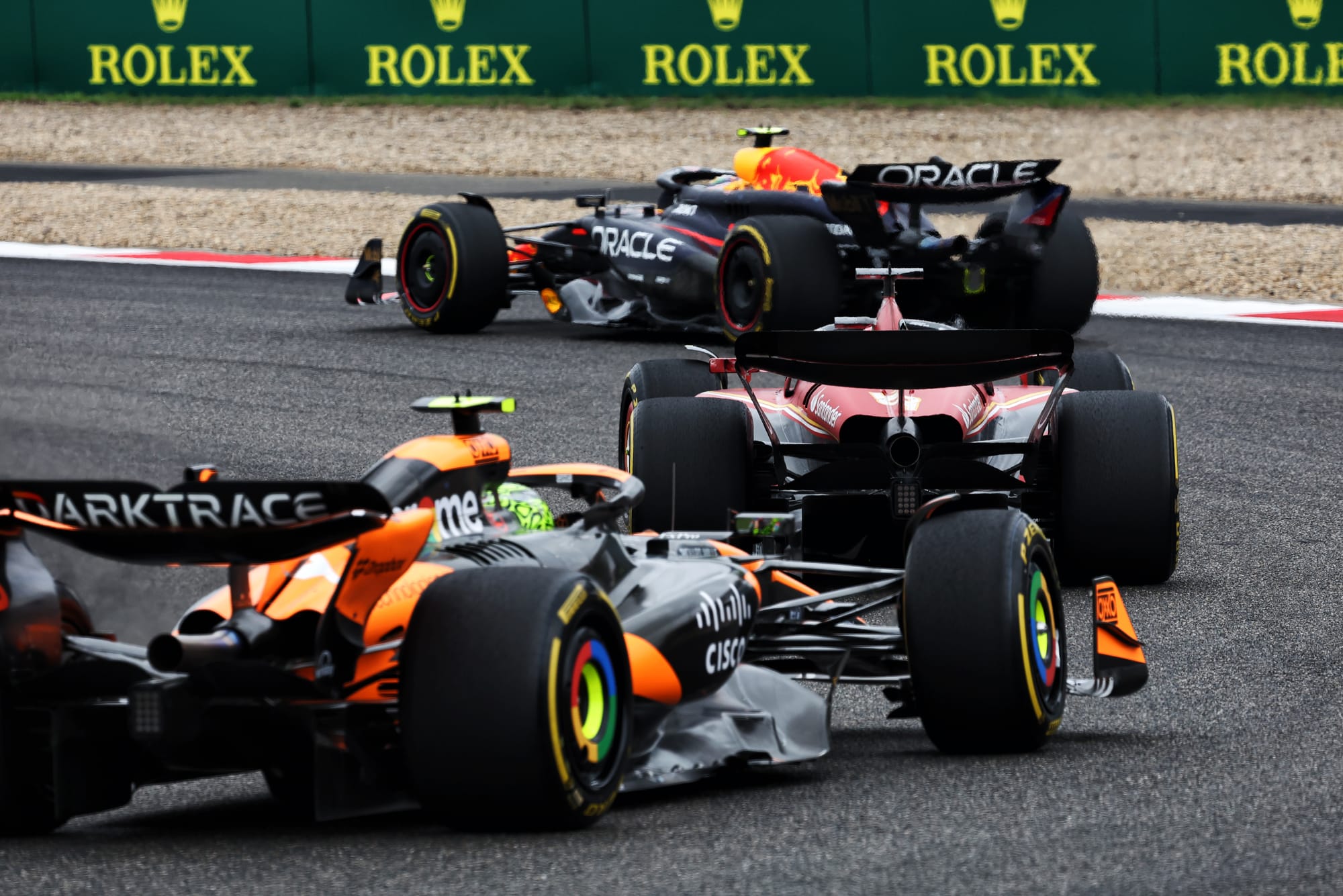
One of the most pleasing things about the new sprint format is that parc ferme has been opened up - which means that what was witnessed on Saturday morning is not just a dress rehearsal for Sunday’s grand prix.
That was a big limitation of the sprint weekend from the start. Initially when it set the grid for the main race, it was effectively ‘stint zero’.
Separating it from Sunday’s race eliminated that but as the car set-ups were locked in, it still effectively telegraphed what we could expect in the grand prix - unless conditions changed.
OK, we still have clear clues for the Chinese Grand Prix. But none particularly greater than what you’d assume anyway. Verstappen’s really fast. The Red Bull is the quickest car. Ferrari is better than Mercedes and Aston Martin.
What we don’t know is how that picture might change now teams can actually apply their immediate learnings from the sprint with an altered set-up and approach for qualifying and of course the grand prix itself. Which isn’t massive but it’s at least a degree more uncertainty than before. - SMM
The sprint can create a show
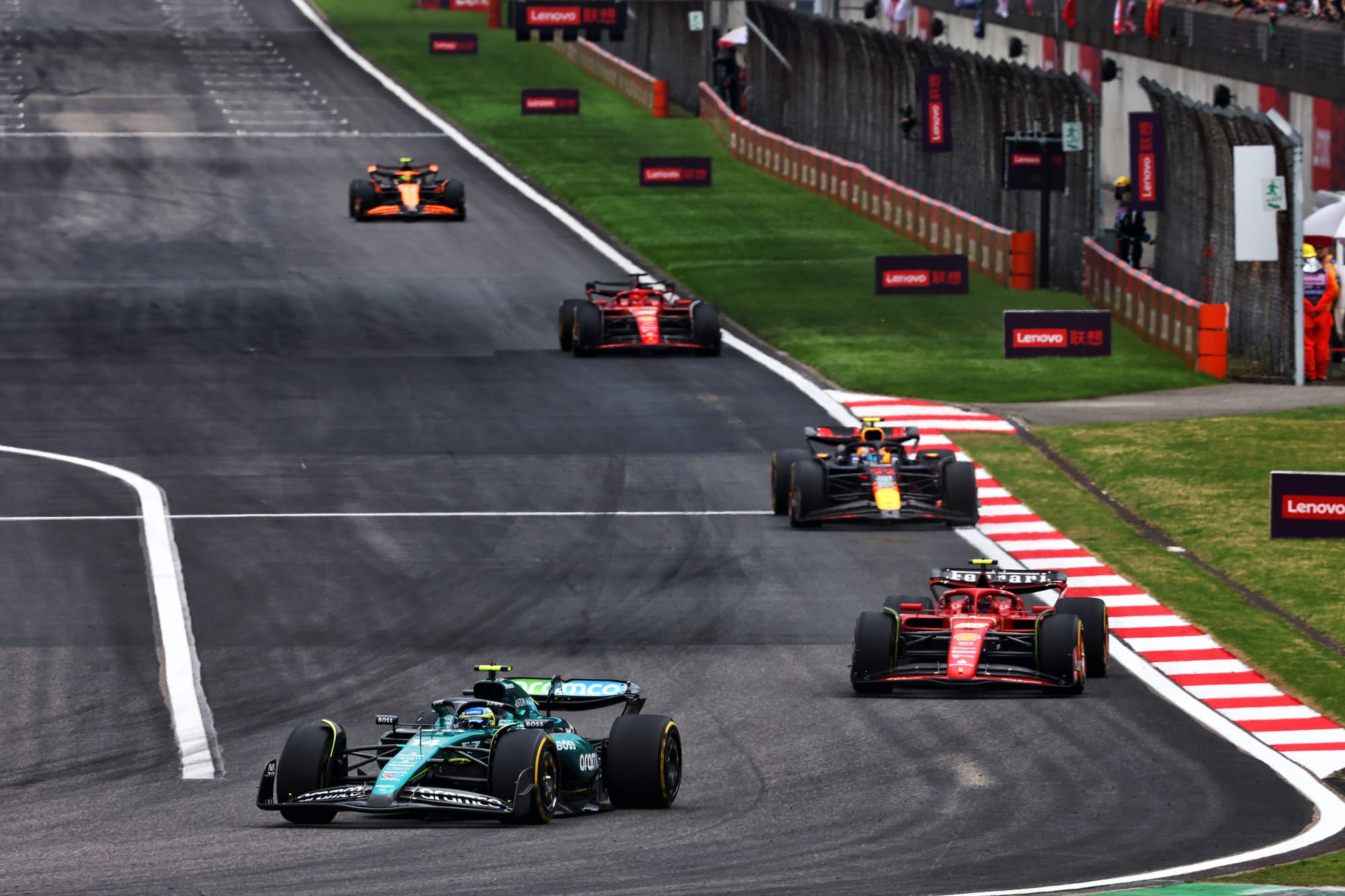
To offer good, hard racing the sprints need to be meaningful and worth something to the drivers. And that needs to be tangible but also conceptually something to buy into.
The sprints mattered to all drivers in the first format (grid spots for the grand prix). They did to fewer drivers in the second format (points for the top eight). And we still have that limitation in this version of the sprint as 9th-20th aren’t fighting for anything.
There was then the small risk that relegating this to something of a nothing Saturday morning slot would just diminish the sprint further. It's not quite a showpiece moment anymore.
Alonso ⚔️ Sainz... through goes Perez! 🤩
— Formula 1 (@F1) April 20, 2024
Absolute box office 🍿#F1Sprint #ChineseGP pic.twitter.com/mEqh3ueWJ4
But at the front at least, drivers clearly cared, and as a racing spectacle it was decent. Hamilton versus Lando Norris into Turn 1 wasn’t any less committed because it was a sprint. Alonso gave it everything to keep a train of faster cars behind. Carlos Sainz ran his own team-mate off the road.
Encouraging the drivers to be committed and ‘try’ is obviously the bare minimum a sprint race should achieve. But in a world of myriad unintended consequences it’s encouraging that it still does in this format. - SMM
Shanghai pessimism unfounded
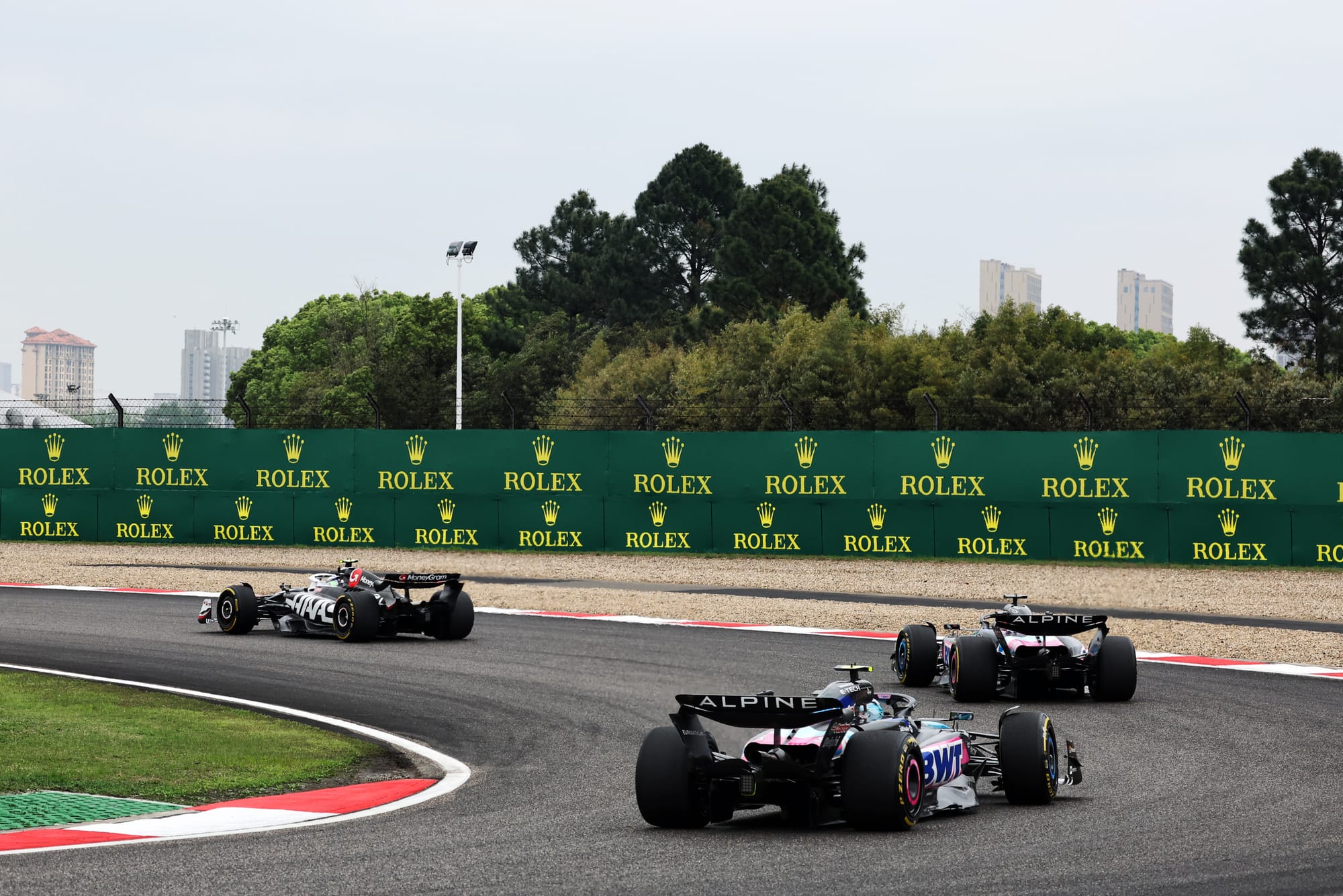
There were all sorts of question marks and criticisms about choosing China for the first sprint of the year given this is the first time the current ground-effect cars have run here and the restricted set-up time. That was compounded by the unexpected track surface, which had been covered with a bitumen treatment last year that made it something of mystery to all.
However, nothing went wrong. The cars worked well, nobody appeared to fall down a set-up hole and end up in crisis and it made for an interesting challenge. As ever, the worst fears about such a format did not come to pass. - ES
Strategy still too predictable
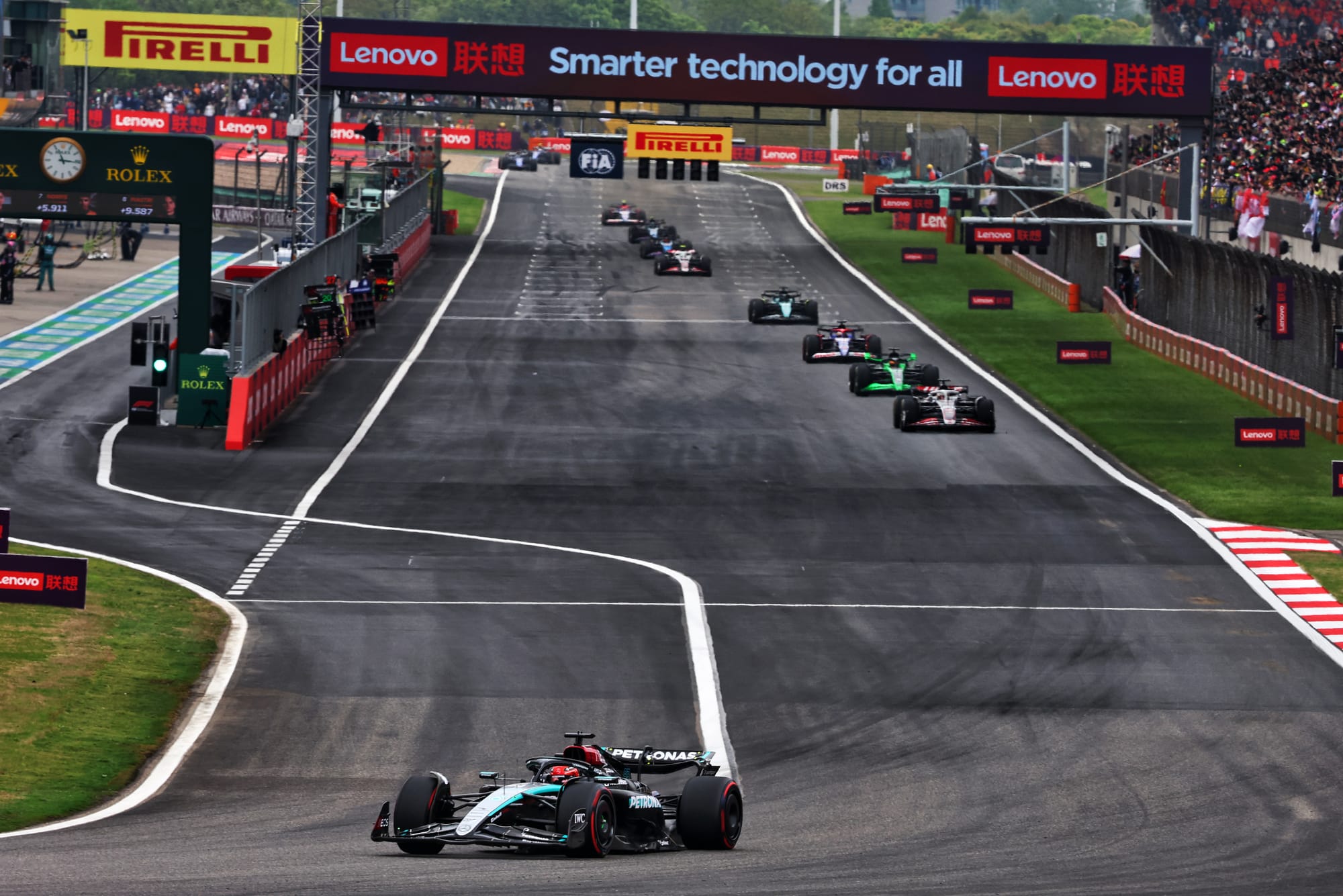
Sprint weekends offer teams little room to manoeuvre and the fact 95% of the field opted to start on mediums (the exception being Mercedes driver George Russell on softs) was no surprise.
That’s not only because of the fact that for a 19-lap, one-stint race the medium was the best suited balance between longevity and pace but also because of the available sets of tyres.
Even with SQ3 being held in wet conditions, allowing all drivers to save a set of softs, there’s still little to be gained from squandering sets of the C4 rubber when the C3 seemed the natural choice.
With six sets available for the weekend and only the Mercedes drivers and Fernando Alonso going into the sprint with all six soft sets remaining, the desire to keep them back for qualifying was another part of the case against strategic variety.
None of this is unique to China, it’s just that when it comes to the sprints there’s usually an obvious tyre choice and inevitably a bunch of teams with the same tyre resources won’t dramatically deviate from each other. - ES



